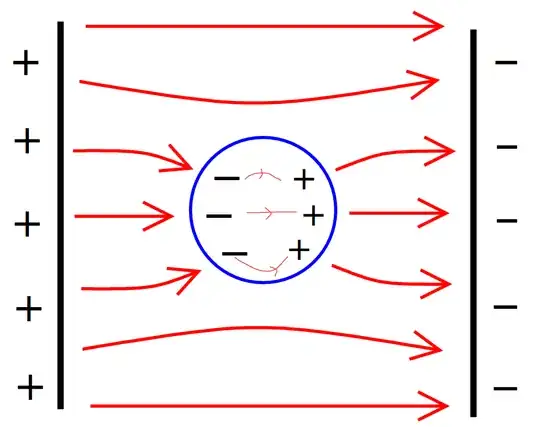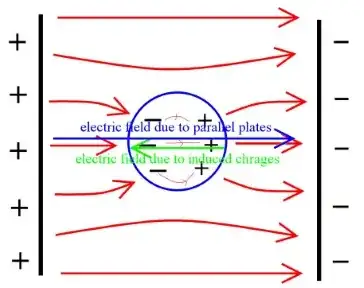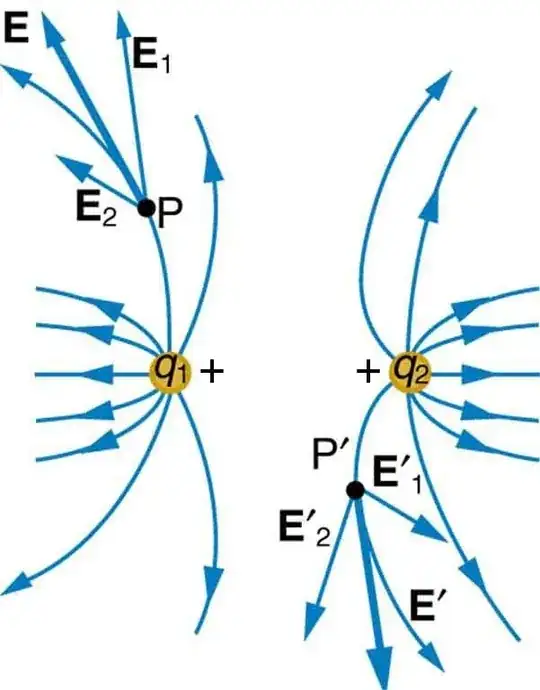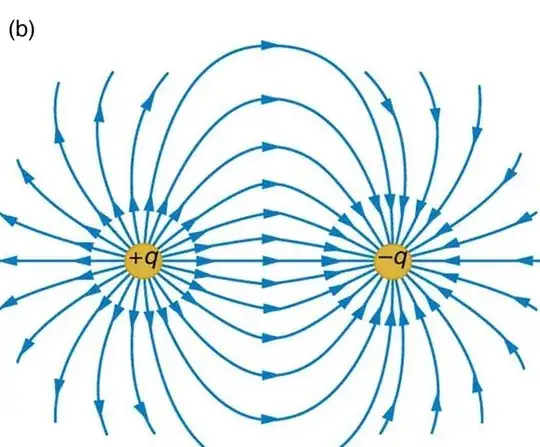I get that the E-field inside a conductor should be $0$ (inside meaning the empty space closed by a conductor AND the metallic part, like if you had a shell with inner and outer radii $a$ and $b$, $E = 0$ for $r<b$, even if you gave it some charge), because that is the only case that satisfies an electrostatic configuration, if there was an electric field anywhere (even in the empty spaces) it would mean there is an electric field in the metallic places (E field isn't discontinuous if there is no charge in it's way) which contradicts the condition that the systems configuration is electrostatic. This also implies that there is no charge inside a conductor, even a charged one because if there was, Gauss's law says there would be a flux and hence a field within the conductor which can't be so no charge enclosed either. That's fundamentally what a conductor is (correct me if I'm wrong though).
Now look at the following situation:
You have a neutral conductor held between two charged parallel plates. Now we say that the charges will redistribute themselves so that the above two conditions are met (they're sort of laws that conductors must obey), of which the more fundamental one is that $E$ in a conductor must always be $0$ which directly implies no $E$-field lines inside the conductor but if we trace the field lines, they will originate from the +ve charges on the left plate, some of which will go towards the sphere and some will terminate on the -ve charges on the right plate but the ones that do go towards the conductor ALL terminate on the -ve charges on the surface of the conductor, so no field lines due to the left plate in the conductor, same logic on the right hand side and you have a polarised conductor. Now there will be field lines running from the +ve to the -ve charges on the surface of the conductor too (just realised I drew them wrong), so in the end it seems to me that there is an E field inside the conductor (using this field line method).
I get that mathematically the net E field will look something like $E_{+ plate} - E_{-} + E_{+} - E_{- plate}$ and this will just cancel, but can someone do it using field lines.



